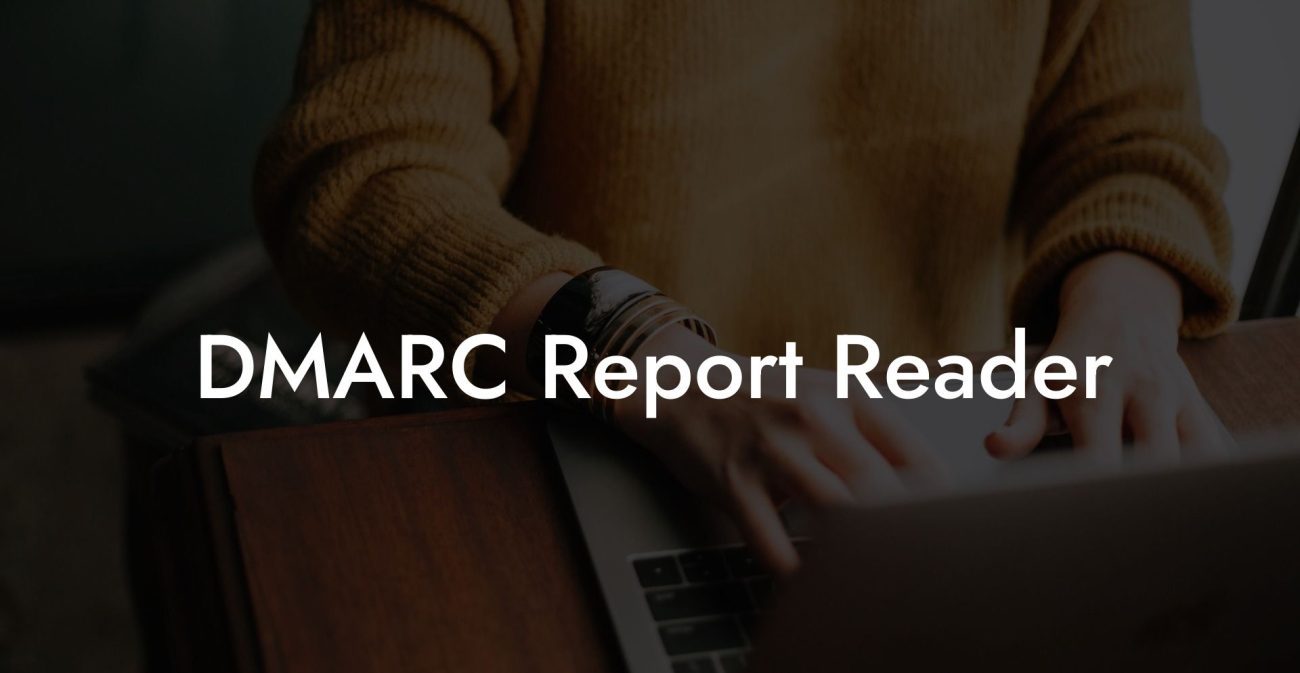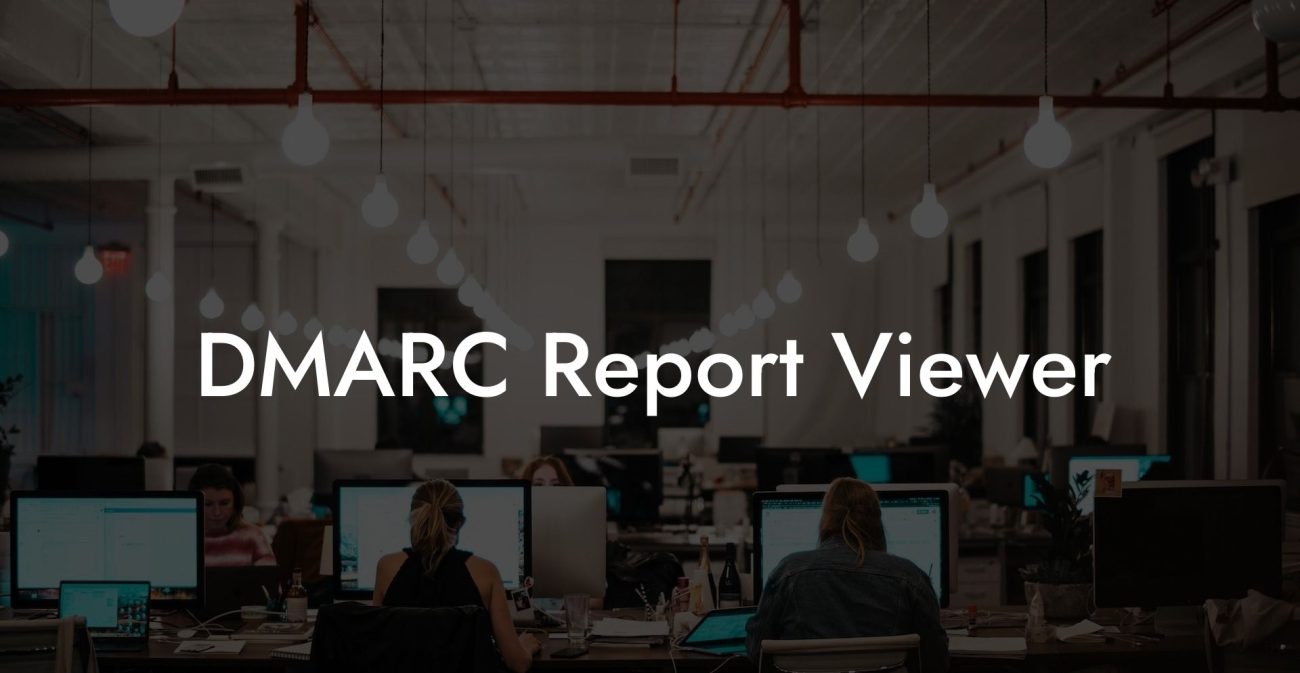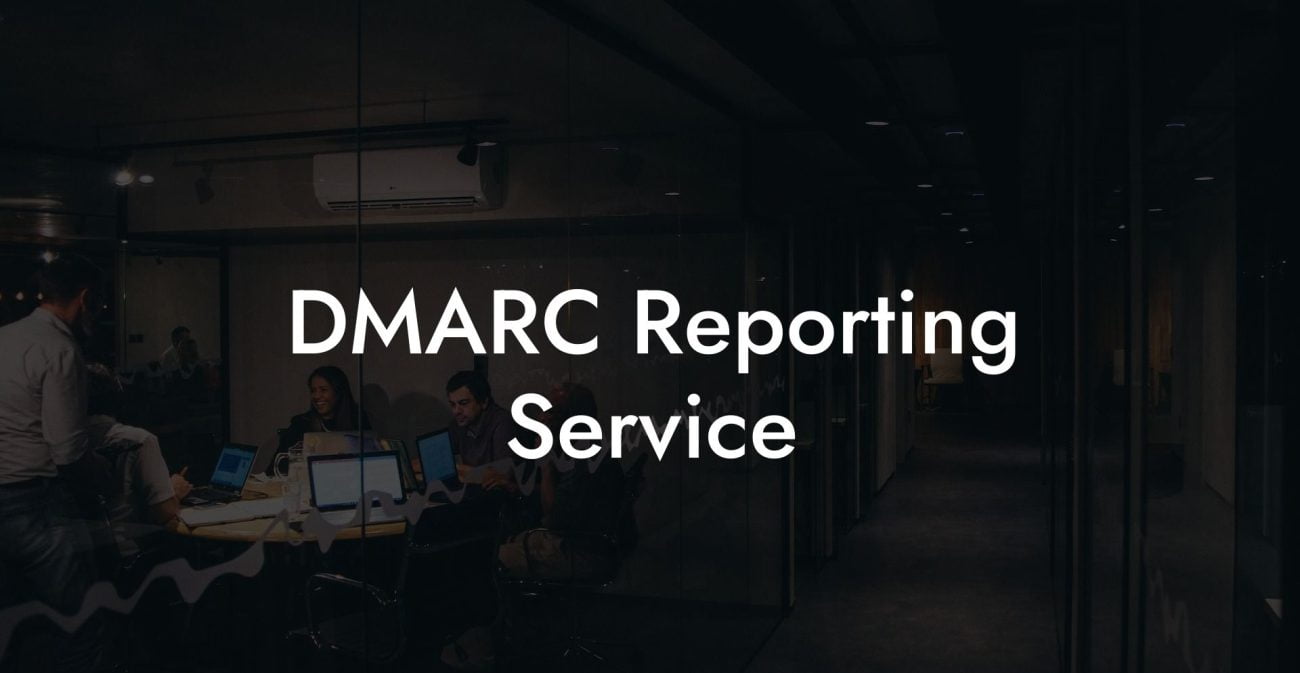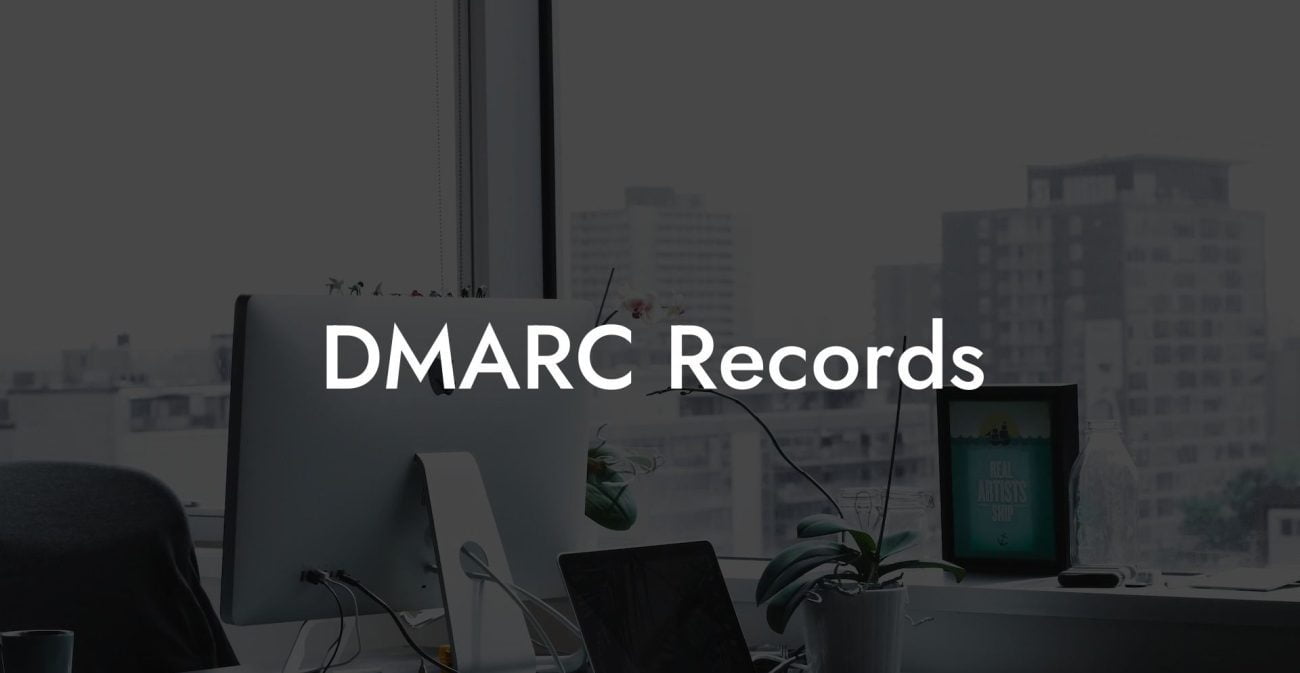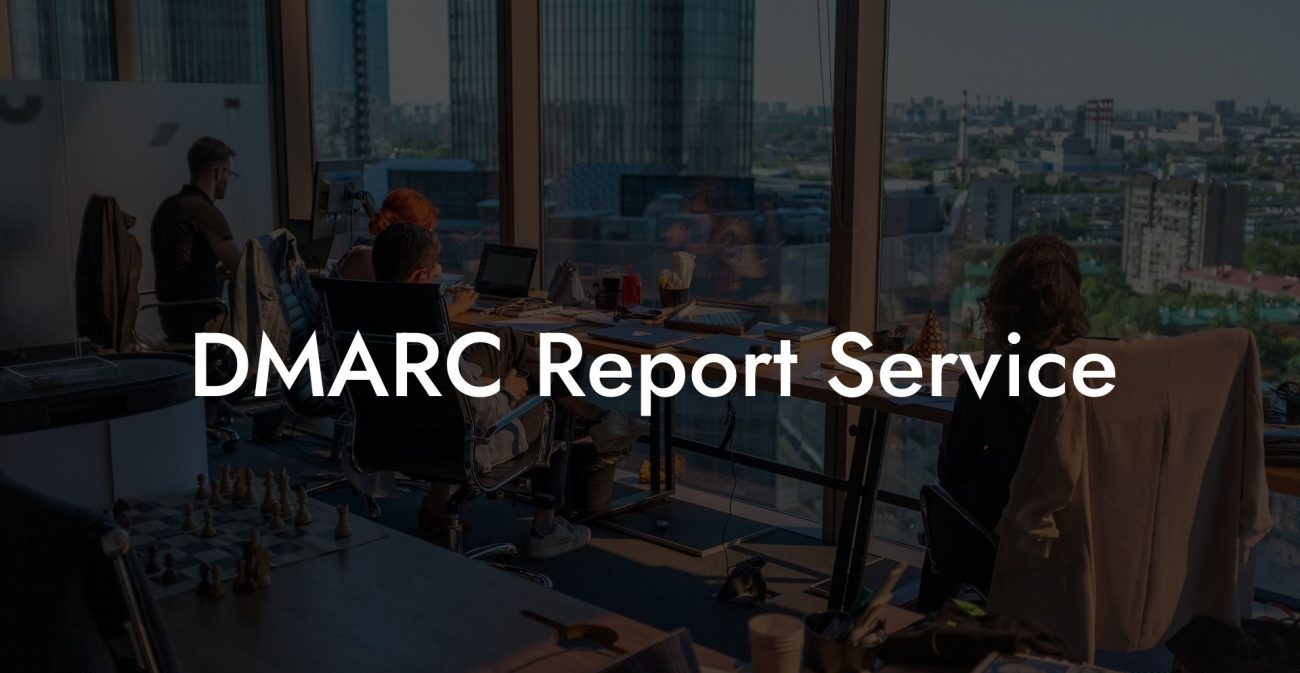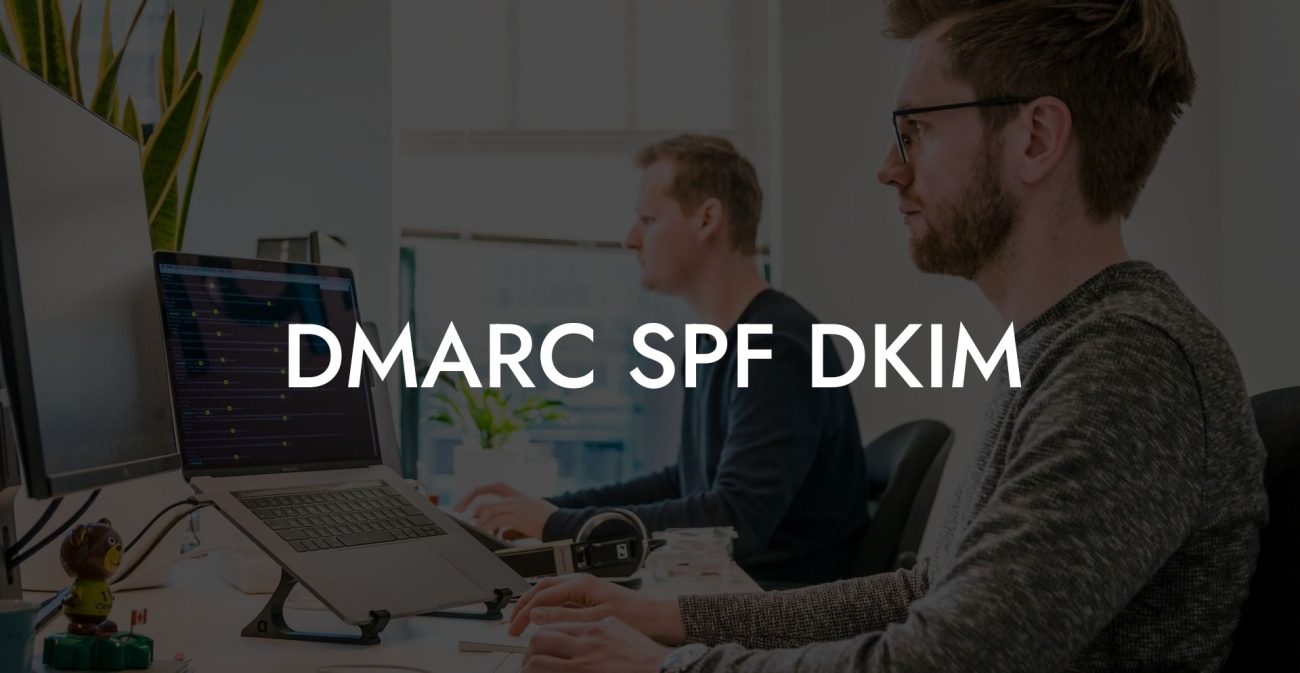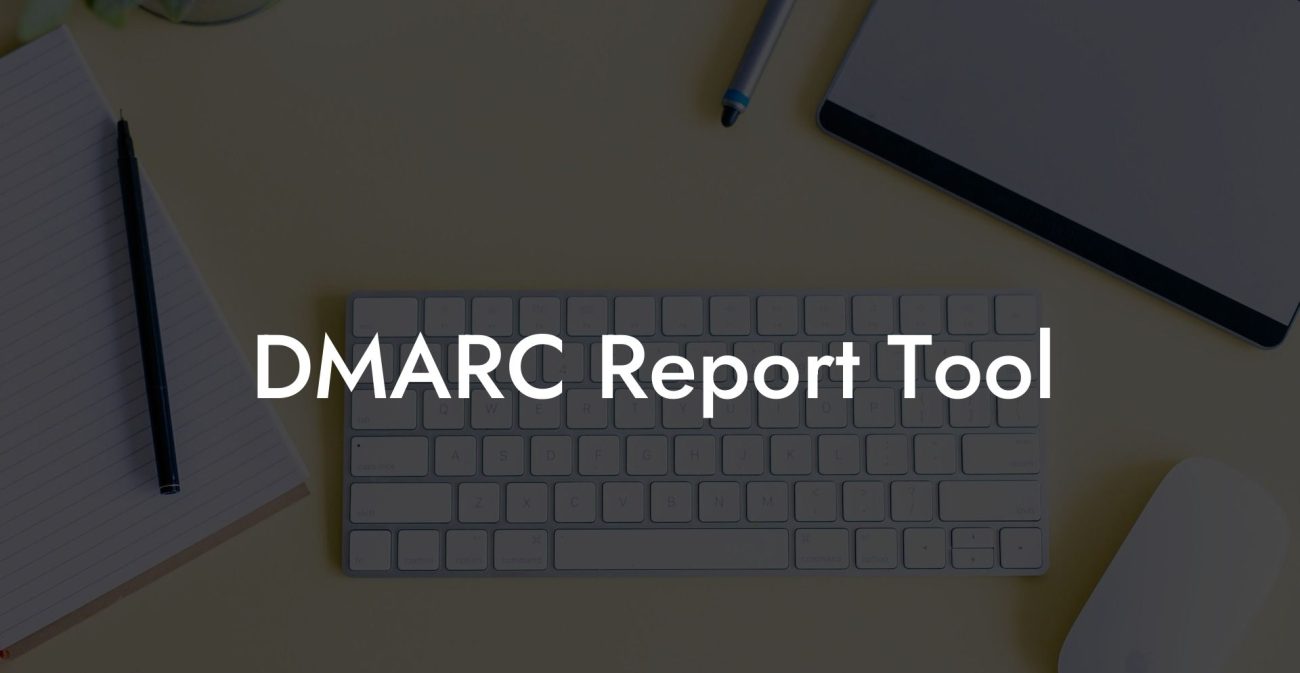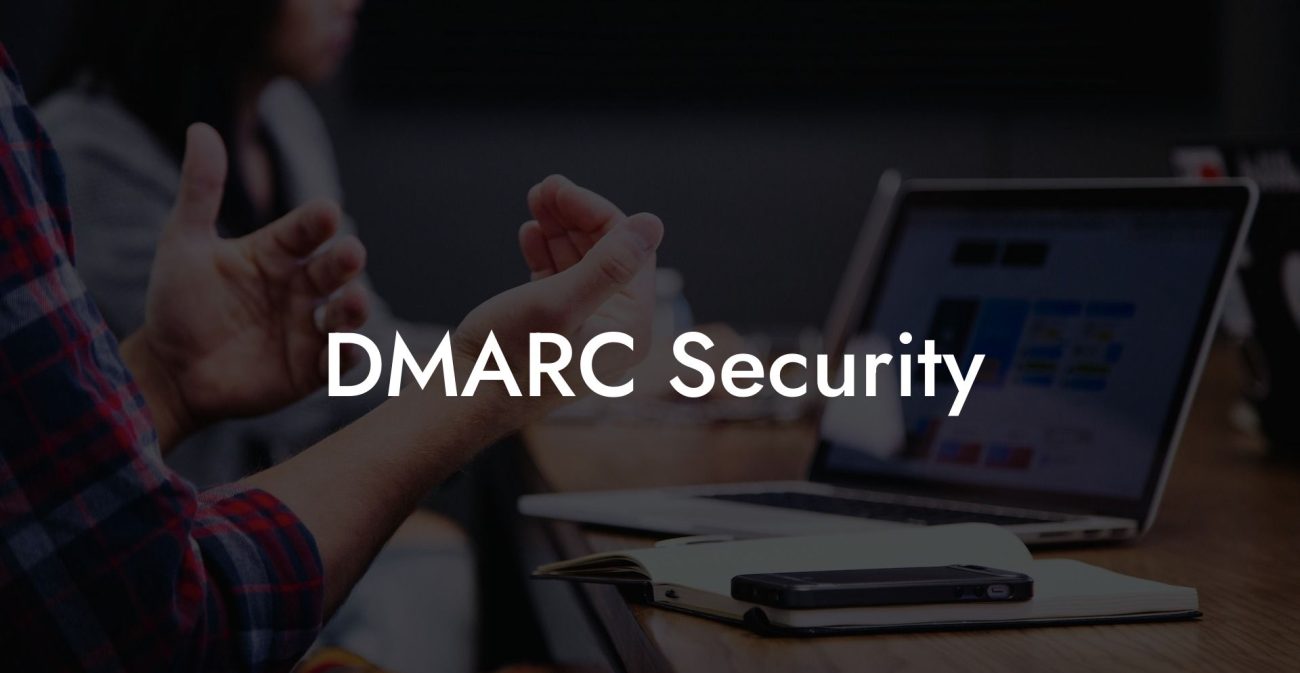Did you know that 91% of cyber attacks start with a phishing email? Phishing is a common and dangerous cybercrime that exploits trust to steal sensitive information. But, through the right measures, you can protect your organization and yourself from falling prey to cybercriminals. In this article, we will delve deep into DMARC, an extremely valuable tool that helps organizations prevent sophisticated email phishing attacks, and guide you through the process of implementing it effortlessly.
Understanding DMARC
DMARC, which stands for Domain-based Message Authentication, Reporting, and Conformance, is an email authentication policy protocol that helps prevent phishing and spoofing attacks. It provides organizations with increased email security by allowing them to specify how incoming email servers should handle unauthenticated emails sent from their domain. The protocol serves as a layer on top of two other authentication standards: SPF (Sender Policy Framework) and DKIM (DomainKeys Identified Mail).
How DMARC Works
Protect Your Data Today With a Secure Password Manager. Our Top Password Managers:
DMARC works by checking incoming emails against both SPF and DKIM standards. If the sender's domain has implemented DMARC, the recipient's email server performs the necessary checks by comparing the email's authentication headers to the sender's DMARC policy. If the email fails SPF or DKIM authentication, the DMARC policy rules come into play, instructing the recipient server to either accept, quarantine, or reject the message. Additionally, DMARC provides reporting features that deliver insights into the sender's email practices and the overall effectiveness of the policy.
- SPF enables domain owners to authorize specific IP addresses to send emails on behalf of their domain.
- DKIM assigns a digital signature to an email, verifying its legitimacy by confirming it was not tampered with during transit.
Implementing DMARC
Setting up DMARC is a straightforward process that involves creating and publishing a DMARC record to your domain's DNS (Domain Name System). This record contains your DMARC policy, defining your authentication preferences and rules.
Creating a DMARC Record
A DMARC record is a simple text file composed of various tags. Here are some essential tags you need to include in your DMARC record:
- v: This tag identifies the version of DMARC being used. Currently, the only version is 'DMARC1'.
- p: This specifies the policy you want applied to unauthenticated emails. Your options are 'none', 'quarantine', or 'reject'.
- rua: This tag contains the email address where you want to receive aggregate reports from receivers.
- sp: This represents the subdomain policy and can be set to 'none', 'quarantine', or 'reject'. If this tag is not included, the policy specified in the 'p' tag will be applied to subdomains as well.
- adkim: This sets the alignment mode for DKIM authentication (either 'r' for relaxed or 's' for strict).
- aspf: This sets the alignment mode for SPF authentication (either 'r' for relaxed or 's' for strict).
- fo: This tag specifies how you want DMARC failures to be reported ('0' for SPF and DKIM failures, '1' for either SPF or DKIM, 'd' for DKIM failures only, or 's' for SPF failures only).
E.g., a sample DMARC record: v=DMARC1; p=reject; rua=mailto:reports@example.com; sp=quarantine; adkim=s; aspf=s; fo=1
Publishing Your DMARC Record
After creating your DMARC record, publish it as a TXT record in your domain's DNS. The record should be placed at '_dmarc.example.com', where 'example.com' is your actual domain name. Once published, email receivers will start processing your DMARC policy, and you will begin receiving aggregate reports.
Easy DMARC Example:
Suppose your organization's domain is 'example.com', and you want to implement a DMARC record to reject unauthenticated emails. You will create a DMARC record like this:
v=DMARC1; p=reject; rua=mailto:reports@example.com; sp=quarantine; adkim=s; aspf=s; fo=1
Next, you will publish this DMARC record as a TXT record in your domain's DNS under '_dmarc.example.com'. With this implementation, email servers that receive messages from your domain will evaluate the email based on your DMARC policy and send you reports of their findings.
Implementing DMARC is an essential step towards enhancing your email security and combating phishing attacks. By adhering to this guide, you can easily set up DMARC for your organization and protect your domain from being exploited by cybercriminals. Remember to share this practical guide with your network and educate others about the importance of DMARC. Don't forget to explore other cybersecurity resources and guides available on Voice Phishing to learn more about keeping your organization safe and secure.
Protect Your Data Today With a Secure Password Manager. Our Top Password Managers:





